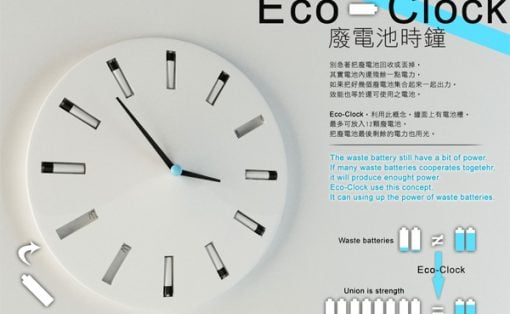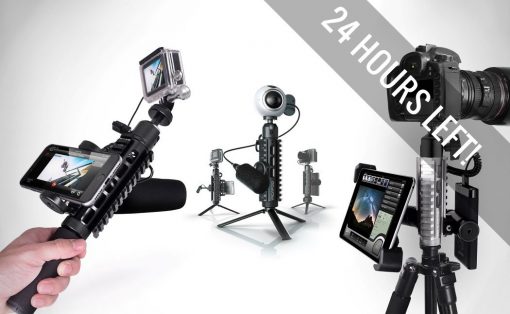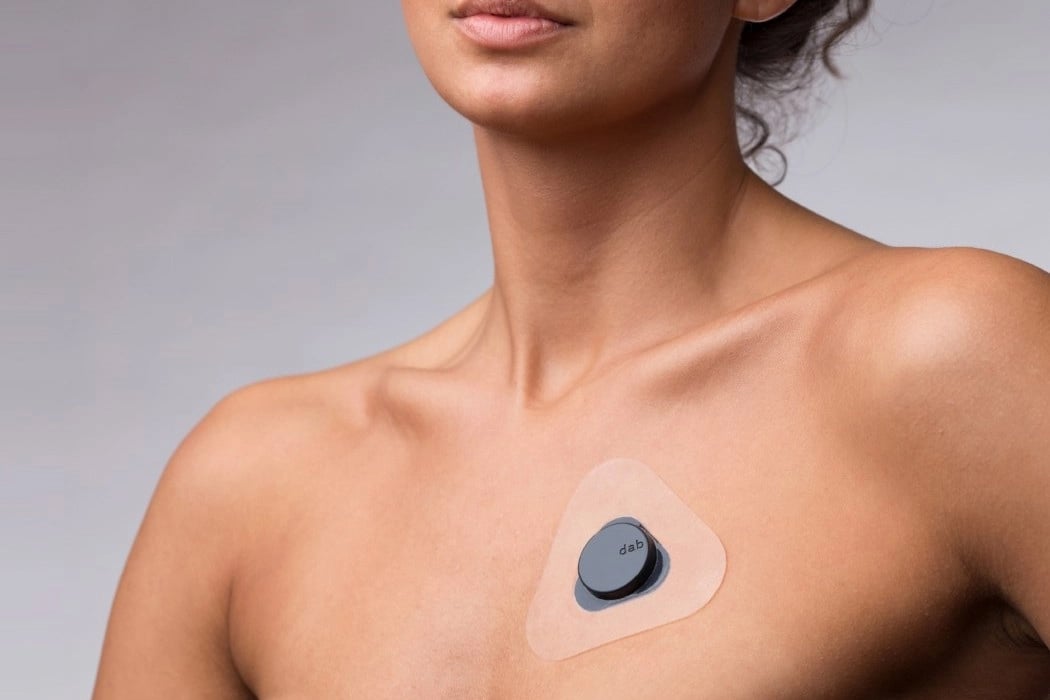
As 2021 ushered in, all of us started focusing on our health more and more. We didn’t want to make the same mistakes as we did in the past, which led to a virus taking over and shutting down our entire world! The medical industry has been making leaps and jumps in its innovations, to ensure such a brutal pandemic doesn’t occur again. Designers have been coming up with new and improved, life-saving medical designs that not only boost medical care but relieve some of the pressure from our tireless medical force. From a stethoscope that detects the early signs of arthrosis to an ambulance that tactfully avoids traffic, these designs tackle a variety of problems in the health and medical field. They’re a boon to modern healthcare and a reminder that we cannot take our health for granted any longer!
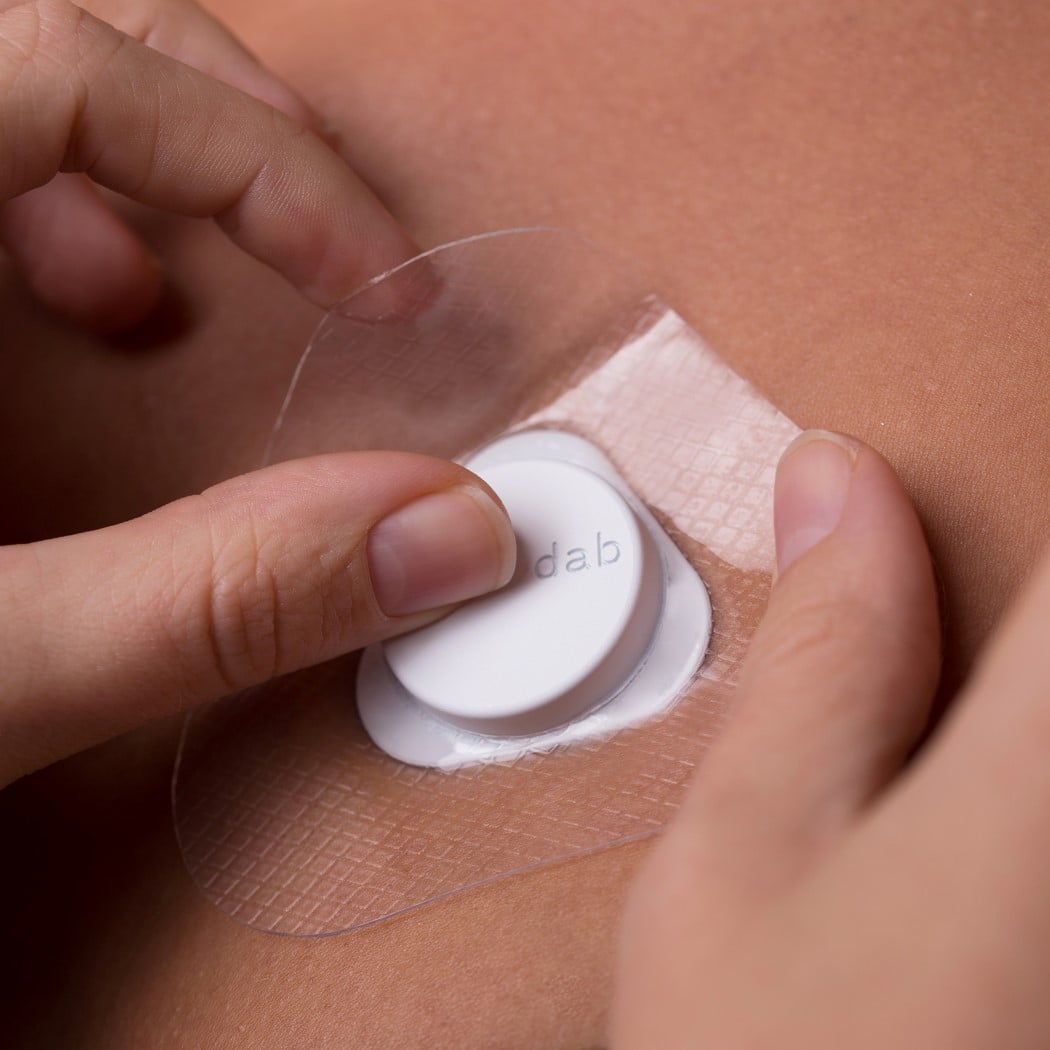
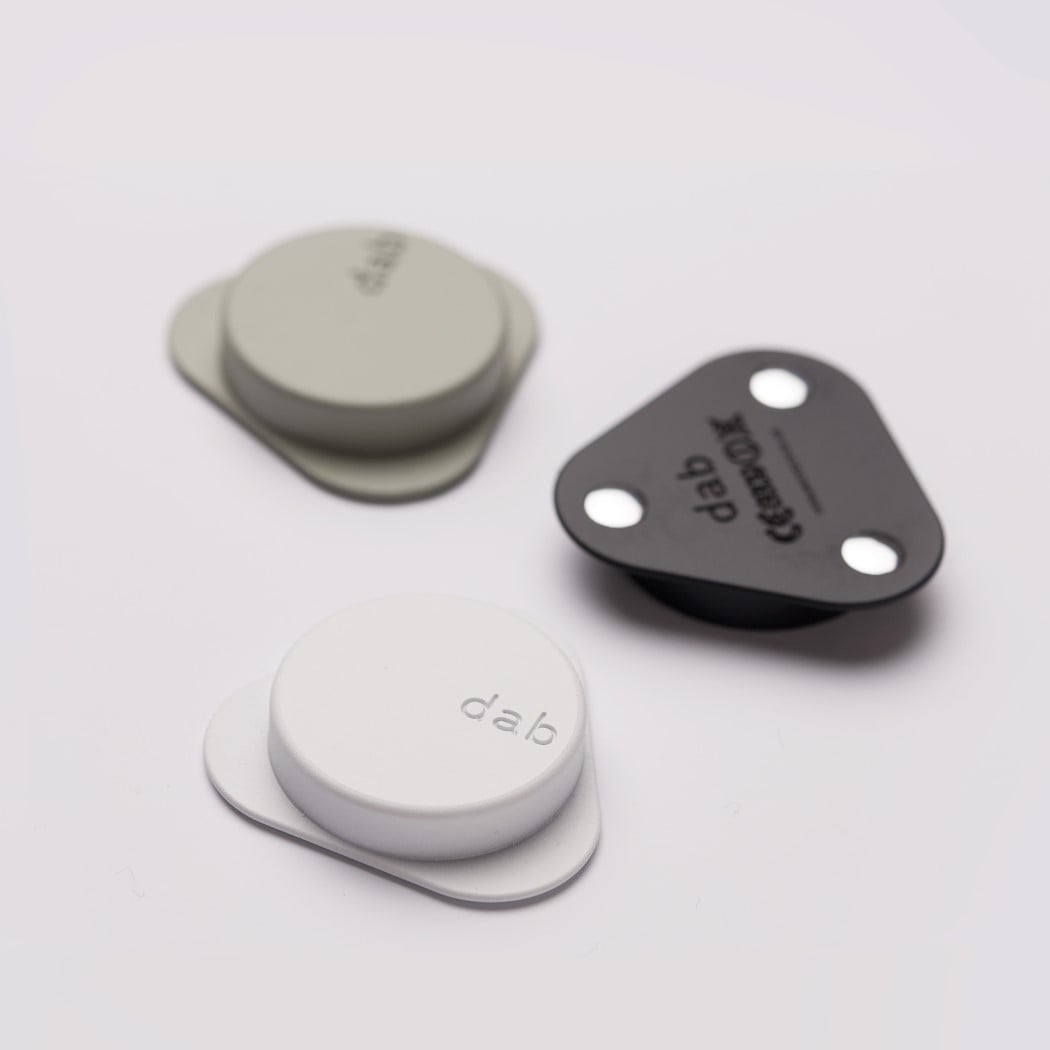
Literally, the size of a quarter, Adam Miklosi’s Dab is an unobtrusive Holter ECG/EKG that rests comfortably on your chest, constantly reading your heart’s movements. Designed to be minimal, non-invasive, and simple, the Dab tries to bridge the gap between medical appliances and wearables. Its tiny yet classy design sits on your chest via a gel patch, while the electrodes capture your heart activity. The Dab’s dry-electrodes allow it to be used and reused, while constantly measure one’s heart activity (requiring periodic charging via their wireless charging hub), and keep logs of accurate readings, quietly sitting on your chest while you absolutely forget that they’re even there in the first place!
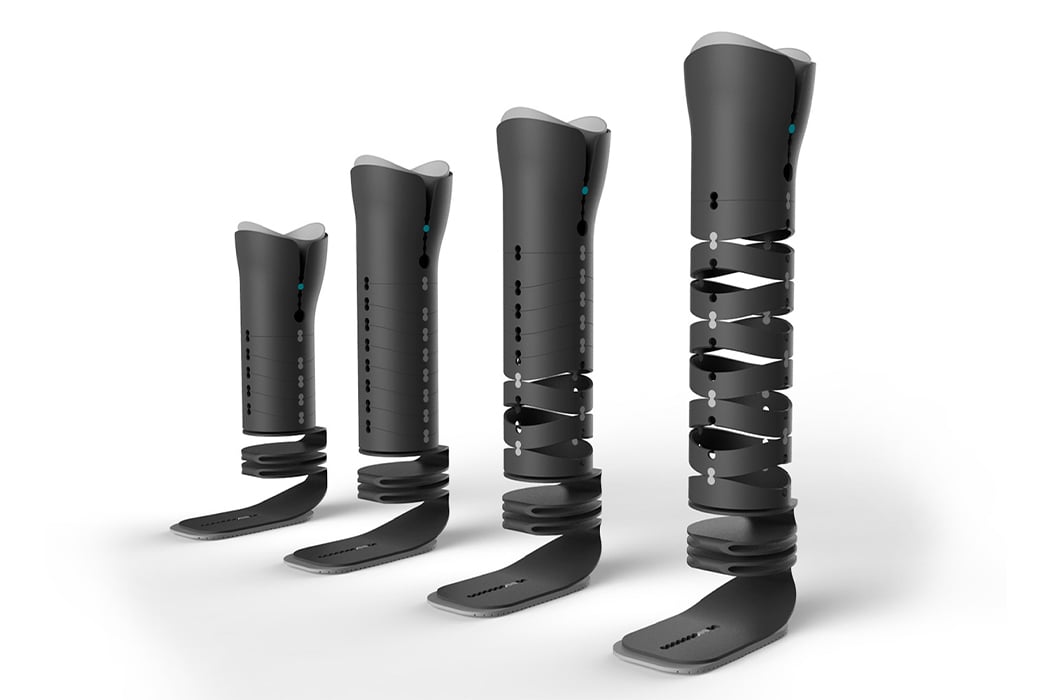

The conceptual prosthetic leg aims to make the otherwise rigid medical equipment more flexible especially to fit seamlessly in the life of a growing child. The user will wear the leg and it can be adjusted as they grow to make sure the fit is always optimal and comfortable. “Ring achieves this thanks to an adjustable foot portion to ensure an optimal stride as well as the upper portion that can be paired with additional rings to suit the person’s body as they grow and develop,” says Jeremic. Ring is a conversation starter that addresses the need for more modular healthcare equipment. Prosthetics like these make sure that individuals don’t need a whole new device every time they have a growth spurt!
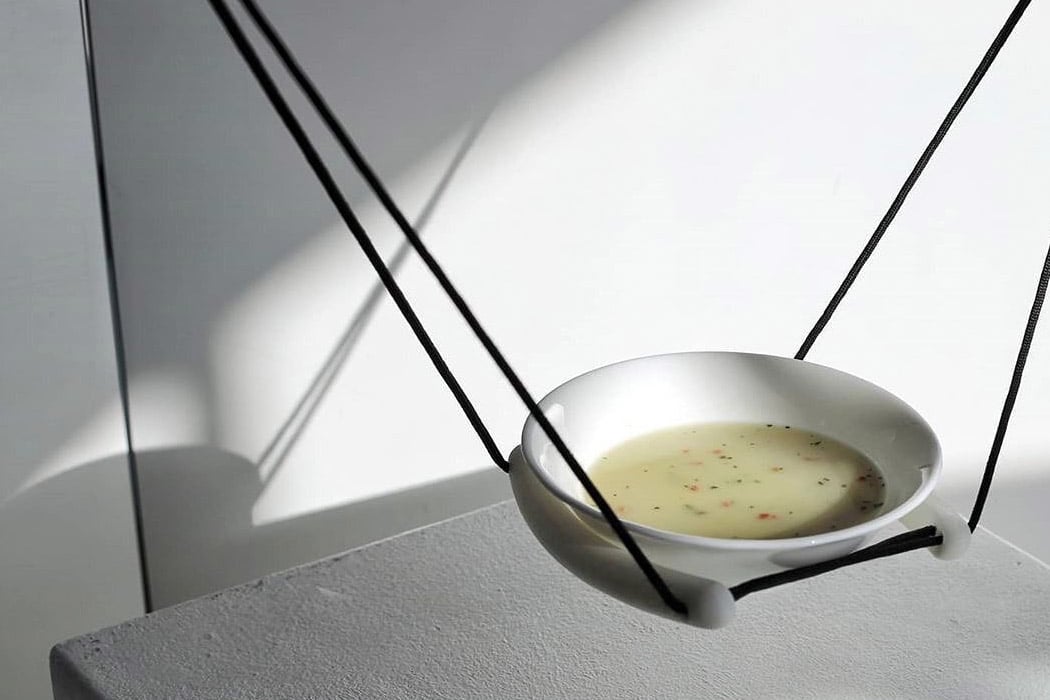
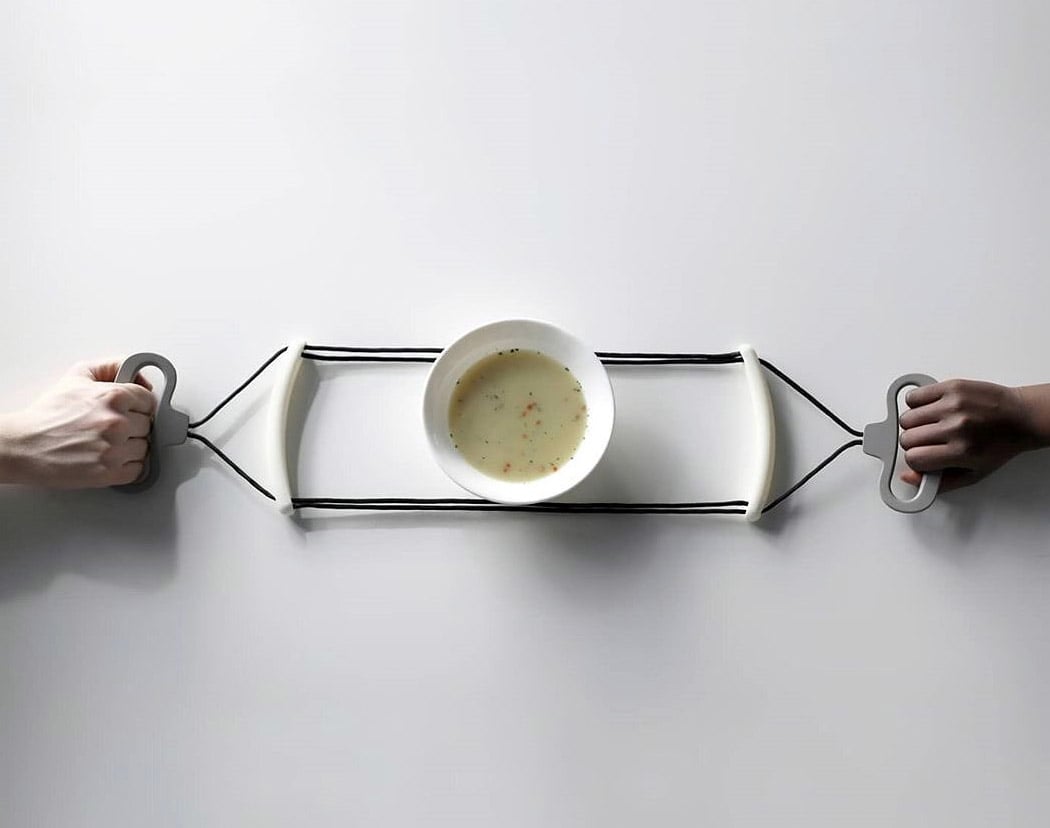
This clever design safely transports spillable food for those with Parkinson’s disease. Designed by Jonas Krämer and Ayla Warncke, the Foodsling facilitates the transport of spillable foods for everyone but it was specially designed keeping in mind people who have to live with Parkinson’s disease. Due to the weakness of their musculoskeletal system, they often face mobility issues and need assistance with simple tasks like carrying their food bowls. The Foodsling is created for individual use so that it can be kept lightweight and small for the user’s ease. The designers are using soft silicone to make the final product and that will also incorporate transporting smaller vessels, the prototype already has an adjustable diameter. The Foodsling can be carried with one hand, enabling the user to hold a walking aid in the other hand. The designers carried out tests with people who suffer from Parkinson’s disease and while the design works for most of them, each person’s intensity and experience with the disease is different so we must remember that this is not one size fits all but it will be one size that fits all bowls!

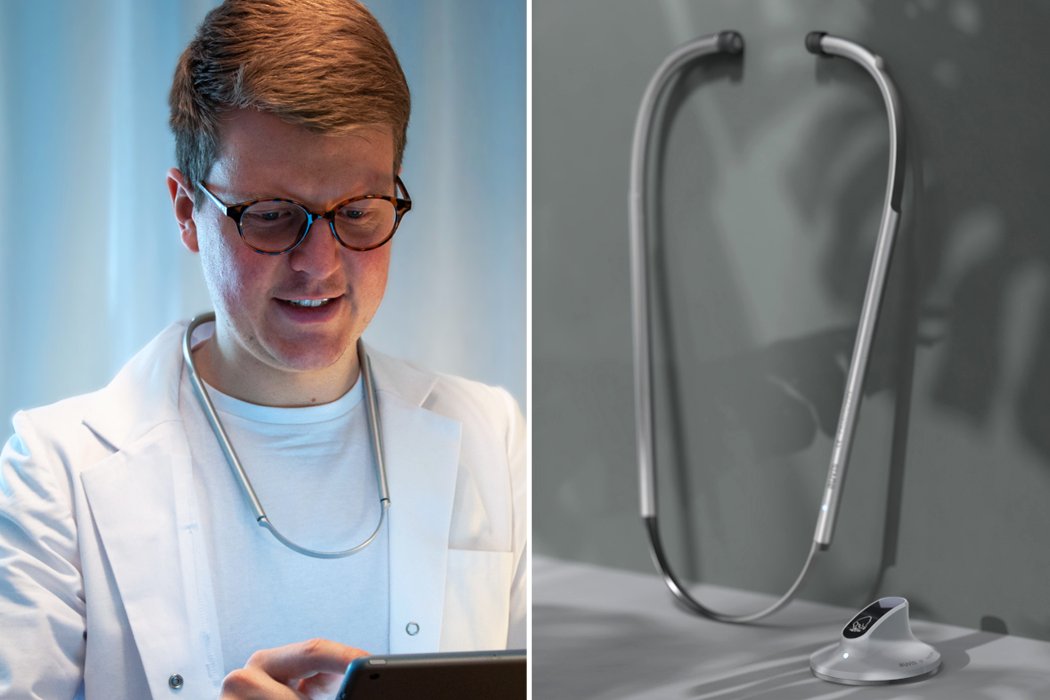
The Auvis is a digital stethoscope that is structured to detect early signs of arthrosis. The instrument has built-in sensors to catch sounds emitted by joints, making it easier to pick up degenerating cartilage inside them. The arthrosis that this digital stethoscope intends to detect is a non-inflammatory degenerative condition that’s mainly associated with aging. It occurs as a person grows older and the joint cartilage becomes rugged and begins to wear out. Since, the designer says, “cartilage degeneration, the starting point of arthrosis, can neither be seen on X-Ray nor MRT,” the Auvis presents itself as a viable med gadget. Degenerating cartilage tends to generate sounds that the sensors on the Auvis can pick up to let a physician interpret the feedback and give the diagnosis. Like an ordinary stethoscope, Auvis also comprises an examining tool and a neckpiece – the only difference being, these are wirelessly connected and offer an unrestricted opportunity to examine various joints on the body.
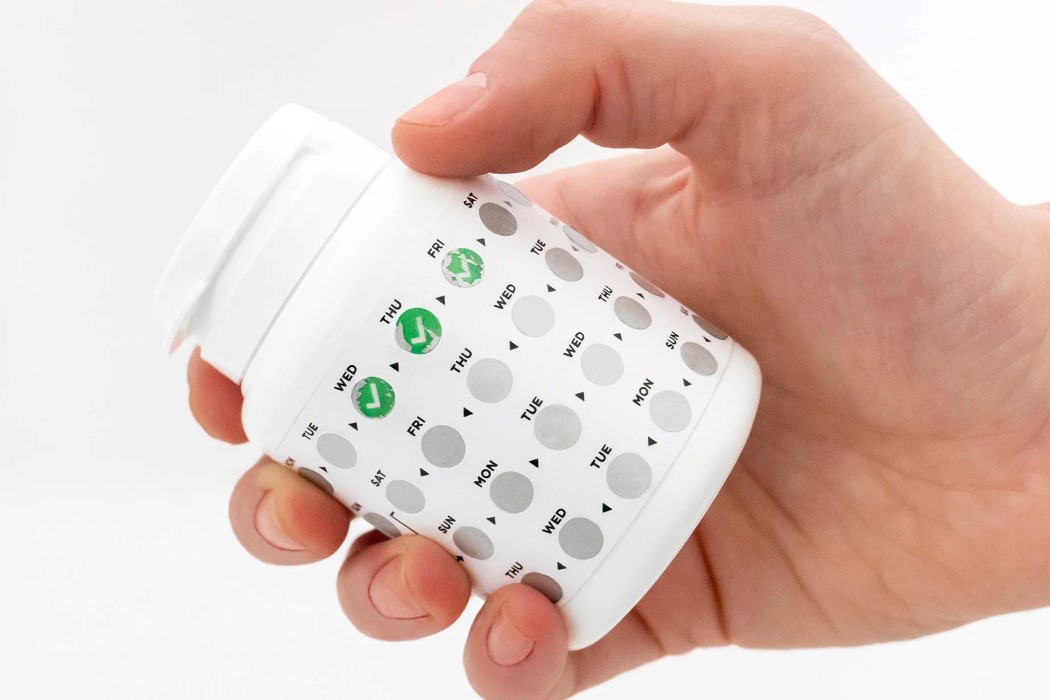
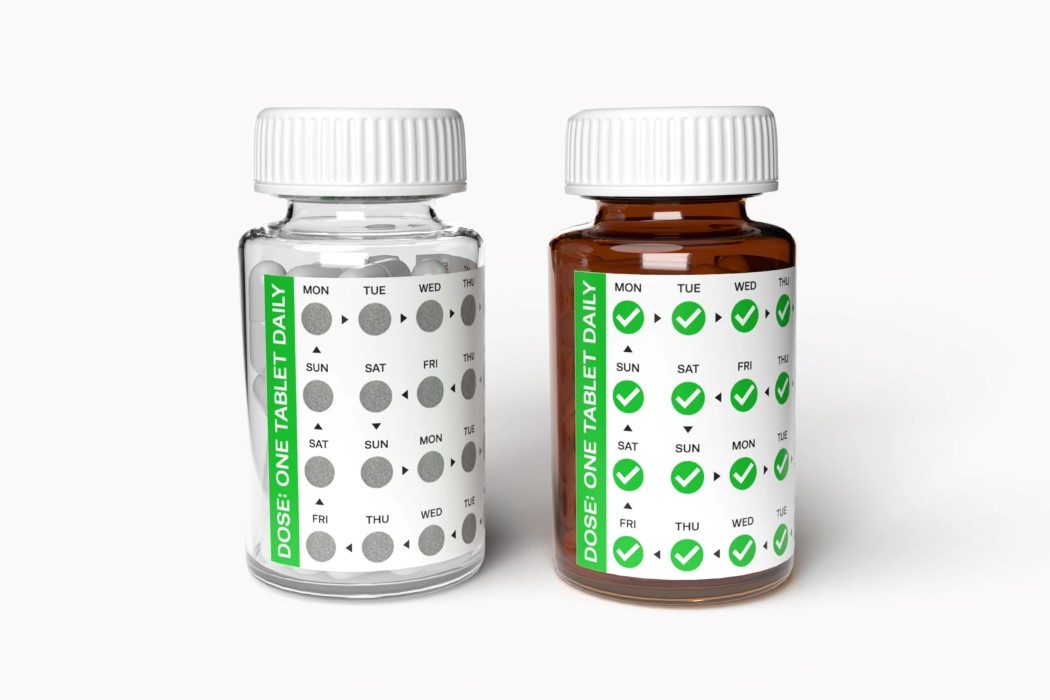
FebriSol is an adhesive sticker designed to help HIV+ patients take their daily medicines without fail. Forgetfulness is one of the major reasons HIV+ patients do not adhere to their treatment. It’s difficult to remember to take medication daily, especially when a condition requires lifelong treatment. FebriSol, developed by Ricky Stoch – a student at the Royal College of Art, is an adhesive sticker that goes right on top of the packaging for antiretroviral medicines (ARVs). The sticker uses a series of 28 metallic scratch-patches to help patients keep a daily track of their medicine intake for 4 weeks. When patients take their pills, they scratch off the day’s metallic coating. This action reveals a tick indicating adherence and provides positive reinforcement. The FebriSol fits on both bottles as well as on pill-boxes and comes in a pack of multiple stickers that can go on new bottles/packaging after the old ones run out. Apart from allowing patients to remember to take their crucial medicines, the FebriSol even provides a historical record of any days that you potentially miss. While the sticker was initially developed for HIV+ patients, it can easily be modified and used to treat tuberculosis, hypertension, diabetes, depression, and many more chronic conditions that require steady, daily medication.
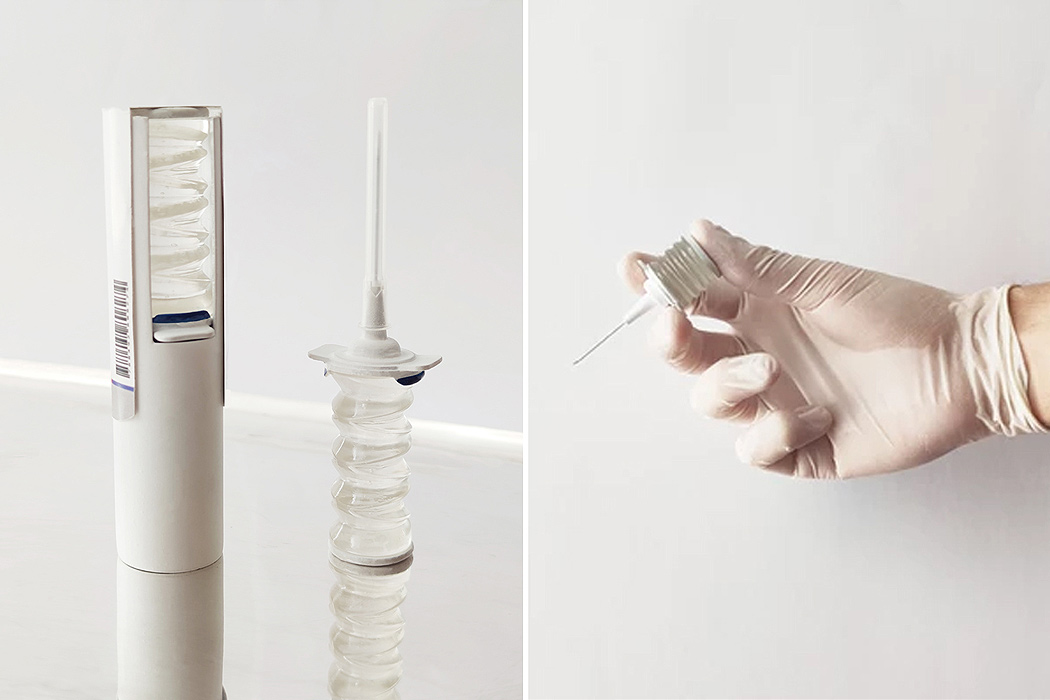
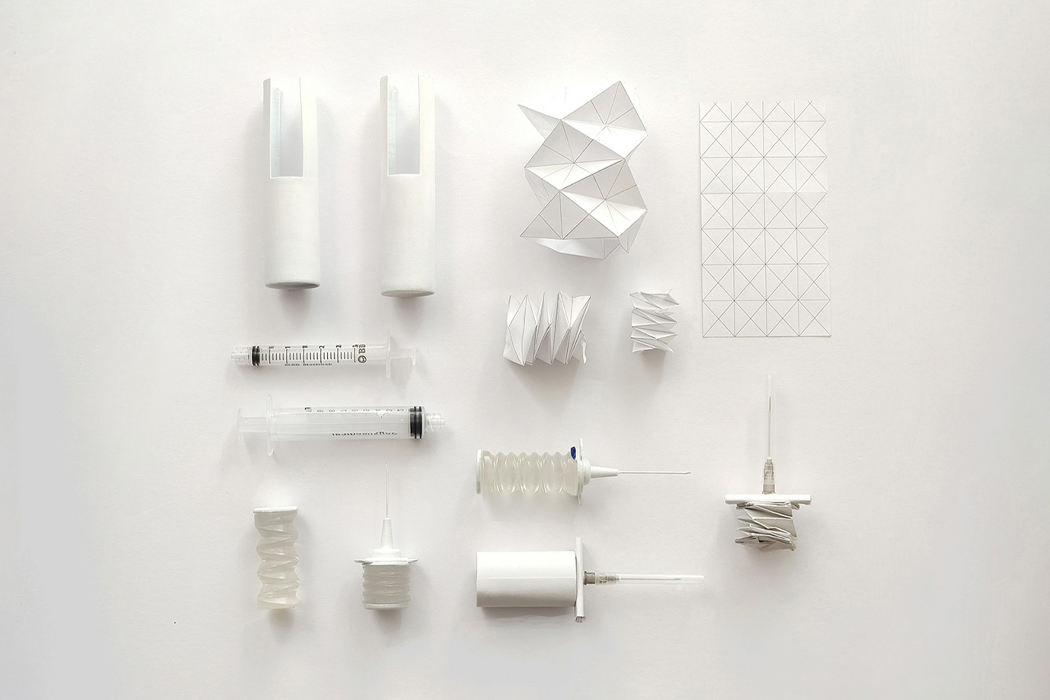
Helix, a collapsible syringe, was designed by Daniel López Velasco & Ithzel Libertad Cerón López as a green alternative to the disposable devices used in today’s health sector. A conventional syringe, those plastic tubes with the string-thin steel needle, requires the use of five different materials for construction including steel, polyethylene, rubber, resin, glue, and thermal dye. To make the construction process less laborious and costly, Helix is constructed from a single material: FlexiOH UV, a heat-curable type of silicone. To maintain Helix’s collapsible parts’ flexibility and the needle’s rigidity, the designers employed thermal-curing, a temperature-induced hardening process. Inspired by the ability to compact lots of volume and space through the paper-folding art of origami, Helix’s crystalline, silicone structure is able to carry liquids for vaccines and be emptied once collapsed. Medication can be poured into Helix through a vacuum loading inlet located above the needle’s rigid plunger. Then, when ready for use, the rigid plunger sinks down and compresses the collapsible plunger, successfully and safely administering the medication to the patient through the rigid silicone needle.
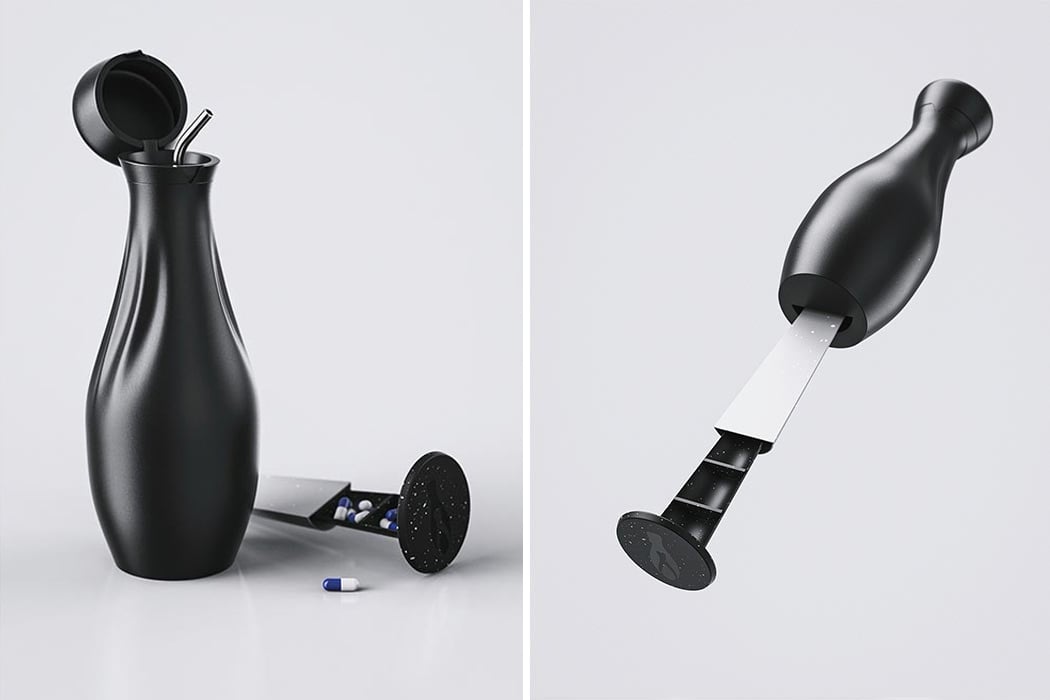
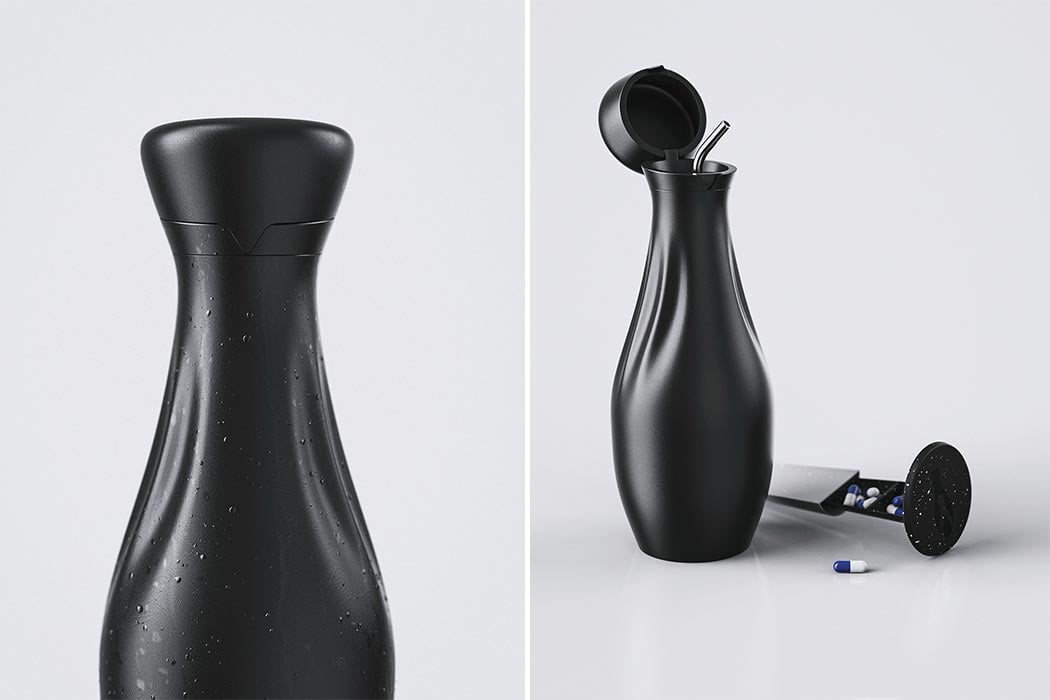
At this age, usually, a TYA patient would be moving out for school, getting their own space, experimenting with career options, and more but it all comes to a giant pause as their life suddenly revolves around health appointments. The constant monitoring and check-ups are bound to make anyone feel like they don’t have control over their life, and especially with a disease like cancer, so Pengu – a water bottle and pill holder hybrid – is a small product that can make a big impact by giving them a little control back. It helps to smoothly facilitate two critical things for the patient – taking their medication on time and hydrating enough. These two tasks are things the best of us forget all the time, but it is something vital for a patient’s recovery and therefore can’t be missed. With Pengu, the user will not have to feel conscious about having a big pillbox and the medicines will be easier to access compared to being in their bags. When the user starts to streamline their own basic needs of taking medication and drinking water, it starts to slowly build back their confidence about being able to leave home and readjust to life outside cancer. Besides, Pengu is sleek, minimal, and stylish so it takes away the feeling of “people are watching me when I have my pills.”

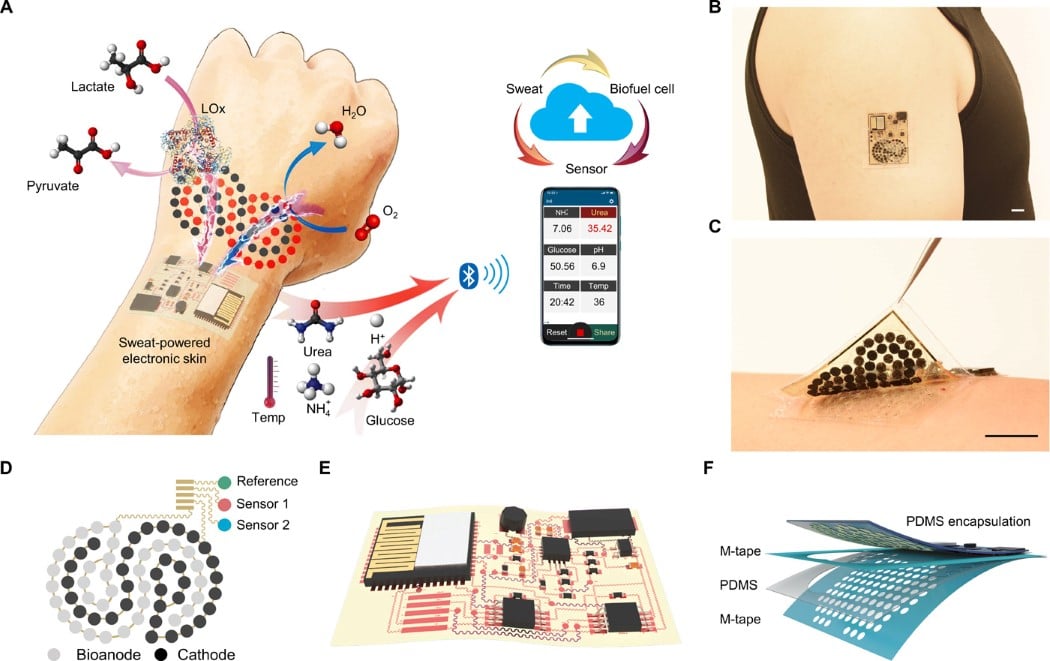
The California Institute of Technology is working on an electronic skin, a sensor-filled sticker, that can turn human sweat into energy enough to power basic devices like heart-rate sensors, glucose-level trackers, or even a low-energy Bluetooth radio. These stickers work by harvesting ‘lactate’ from the sweat we produce. The lactate is absorbed by the electronic skin’s fuel cells – which are made from carbon nanotubes that host a platinum/cobalt catalyst and an enzyme that uses oxygen in the air to break down the lactate into the water and a substance called pyruvate. CalTech’s researchers say these stickers can generate a continuous stream of energy (as much as “several milliwatts per square centimeter”), making it enough to offset the need for a battery, which the technology hopes to eventually replace.
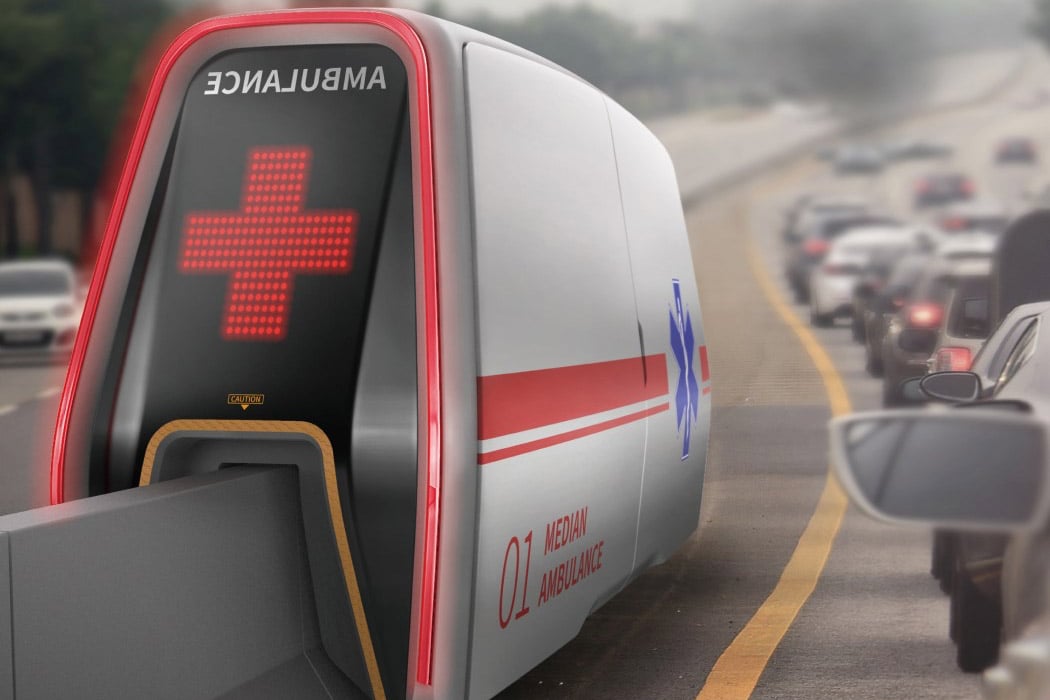
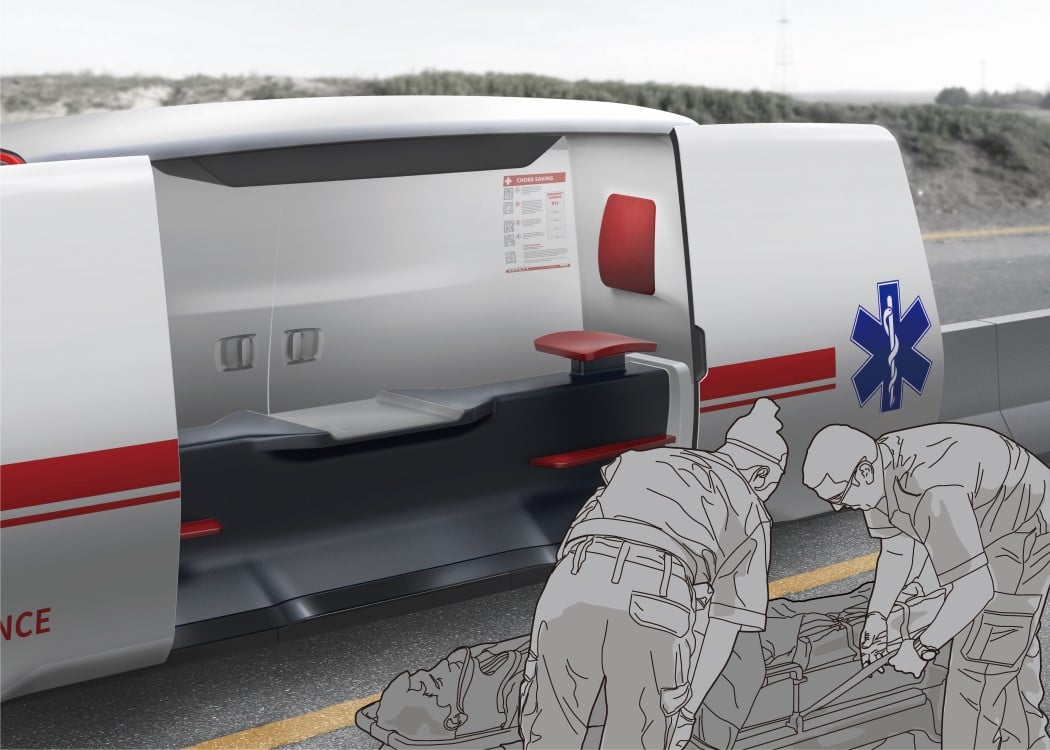
How does an ambulance reach a victim in a road/highway accident when there are more than a dozen cars stuck in a traffic jam between the ambulance and the site of the accident? Up until now, the only solution was to drive in the opposite lane, weaving through oncoming traffic to get to the victim. A band of Korean designers created the Median AMB, a special ambulance that can directly reach the point of the accident without getting affected by the traffic congestion created by the accident. The Median AMB sits on the road divider/median and drives up and down the highway almost like a monorail. It features sliding doors on both sides, seating for a driver and an assistant, and an area for a stretcher that holds the victim. The Median AMB drives down the dividers, right to the victim’s location, picks them up, and brings them to a proper ambulance that can take the victim to the nearest hospital.
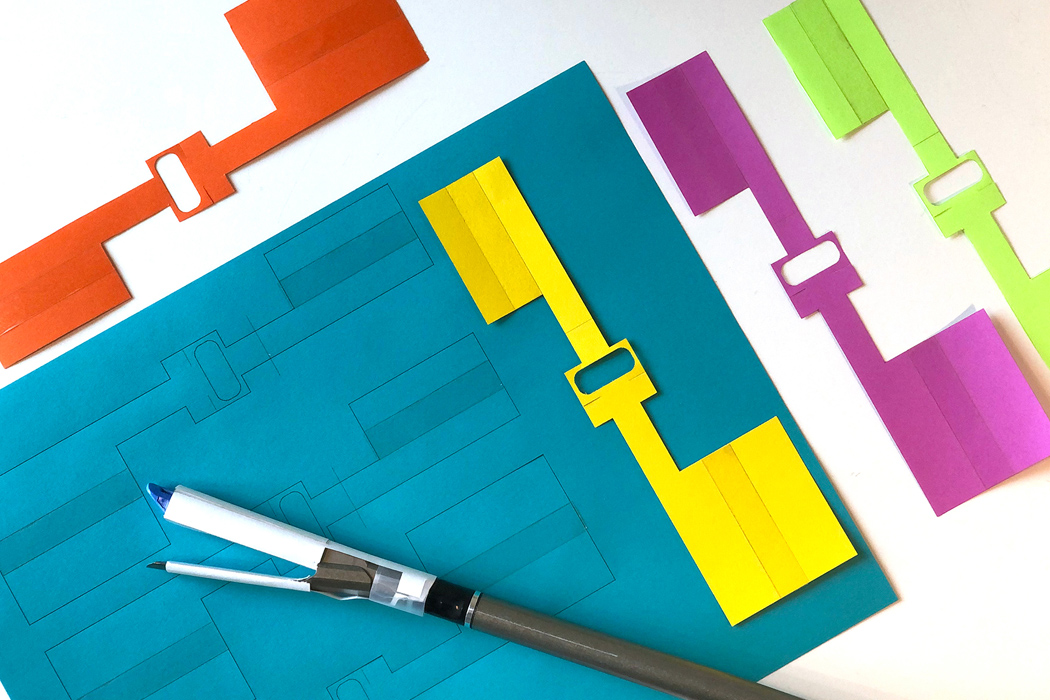
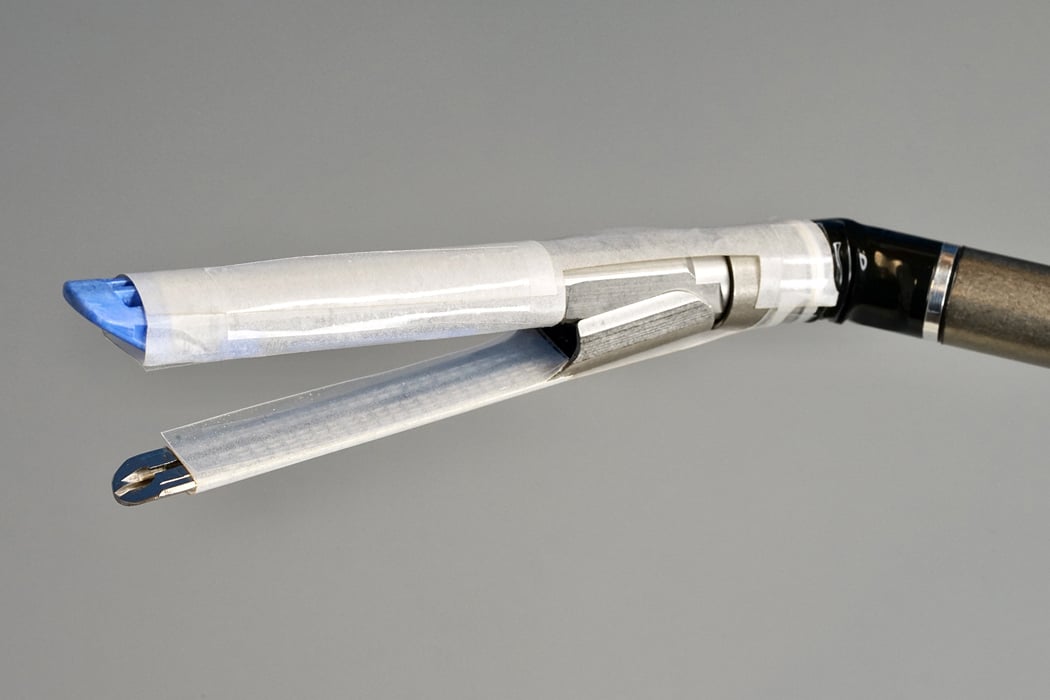
A century ago, not a soul would have imagined the advances in medical science we have achieved. Taking the evolution of medical surgeries a step further, MIT engineers have crafted an origami-inspired medical patch that can wrap around your internal organs with the utmost ease. This design makes it pretty useful in application to internal injuries or sensitive parts of the internal organs – airways, intestines, or hard-to-reach spaces. Aesthetically speaking, the design appears just like a foldable piece of paper; this patch contacts the tissues and organs. After that, it morphs into a thick gel that stays firmly on the injured area until it heals. The patch is made up of three layers – the top layer is an elastomer film consisting of zwitterionic polymers that become a water-based skin-like barrier. The middle layer is the bio-adhesive hydrogel having the compound NHS esters to form a strong bond with the tissue surface. The bottom layer is made up of silicone oil to prevent it from sticking to the body surface before reaching the intended target.



